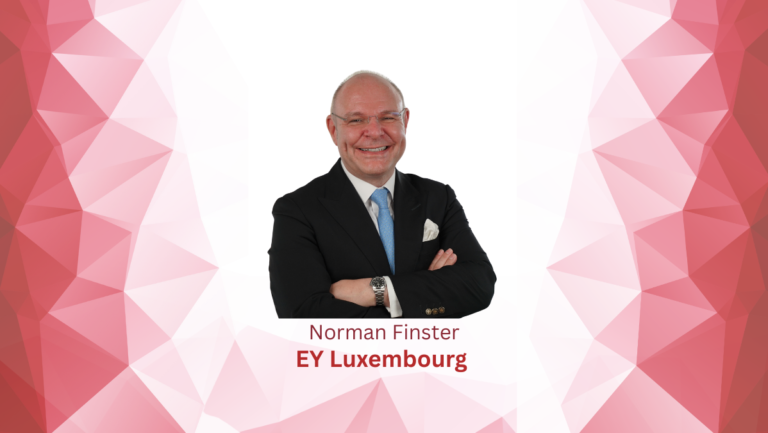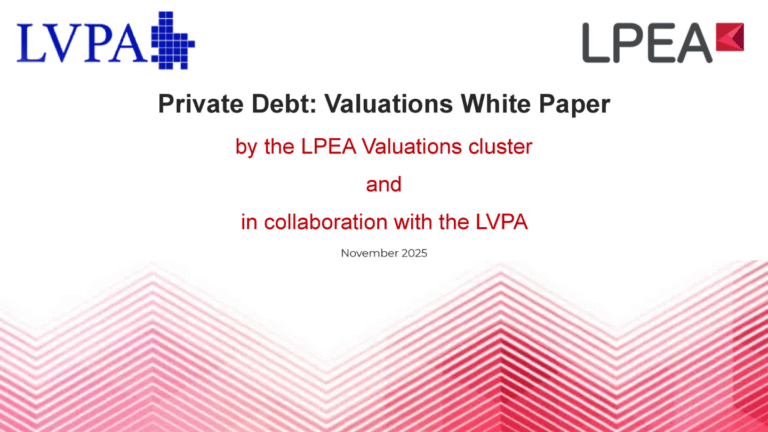By Valerio Bove, EY Luxembourg Accounting, Compliance and Reporting Partner and Madeeha Raja, EY Luxembourg Senior Manager as published in Insight Out #28.
Fund-flows management has evolved beyond traditional boundaries in the dynamic realm of Private Equity. Previously viewed as a shadowed exercise primarily utilized to trace the liquidity flow during a transaction, fund-flow models now serve a greater purpose. Contemporary fund-flow models may now serve as a catalyst for fostering enhanced collaboration among various stakeholders involved in a transaction. Furthermore, these models have evolved into indispensable operational and risk management tools, driving efficient decision-making and ensuring comprehensive oversight. Forward-thinking CFOs, who are positioned to shape the financial landscape of the future, can pioneer this shifting terrain with innovation and foresight.
Navigating complexity
The average investment fund in Luxembourg has over ten intermediary holding companies. The result? Fund-flows structures can become intricate, featuring numerous layers of investment vehicles and a wide array of regulatory requirements to adhere to.
For this reason, effective fund-flow management becomes paramount. The accuracy, efficiency, and timeliness of transactions are critical, especially in multi-layered fund structures, where even minor errors can impact performance significantly.
Embracing innovation
Traditionally, the responsibility of managing the fund-flow model has rested with tax experts, who utilize static calculation spreadsheets in conjunction with the tax memorandum to map out each fund-flow. However, this can result in information asymmetry, potentially leading to divergent versions of the transactional model among the parties involved. This method also allows for manual alterations to be made to the transaction, often without the knowledge of other stakeholders, and thus potentially slowing down the finalization of the operation.
Overall, it delineates the financial transactions’ cash movements and then it is used to issue payment instructions to the bank. But the Private Equity landscape has become far more intricate. To deliver precise and timely information to all stakeholders, the current framework demands an upgrade, one that leverages technology, innovation, and specialized knowledge.
The fund-flow model can be designed to provide several optimized outputs such as:
1. Automatically generated payment instructions
2. Creation of automated cap-tables
3. Differentiation of legal steps, on top of the existing cash movements
4. Provision of journal entries, and post-closing general ledgers to optimize bookkeeping
However, to accomplish this goal of a better framework, the current fund-flow preparation dynamics might have to change, because the team entrusted with this task should possess comprehensive knowledge in tax, accounting, and law.
Opportunities in optimized fund-flows
Integration:
In the past, fund-flows were shared with shareholders upon completion, or in a long stream of consecutive versions. On this point, it is important to note that modelling fund-flows is an iterative process, not a one-time task. This means that multiple draft versions are necessary, since the transaction is being designed alongside the preparation of the fund-flow. Consequently, it becomes evident that synchronization among the parties involved is critical, as well as hard to achieve, for both the timing of transaction modelling and its operational execution.
Introducing a dynamic and live shared model with centrally managed access rights would promote synchronization and optimize coordination and communication among all parties involved, while reducing discrepancies and delays.
Completeness
A comprehensive approach that incorporates both cash and non-cash components of transactions provides a holistic view. This not only aids in understanding transaction intricacies, but also helps in drafting legal documents and accounting at each entity level throughout the fund’s structure.
Automation
As one example, current fund-flow processes often require the manual structuring of payment information after the transaction has been modelled, thus elevating the risk of errors and increasing the costs involved. By integrating the different elements of the fund-flow, it becomes feasible to generate bank payment instructions as an output of the entire process. This approach streamlines the preparation of bank payments, reduces input errors, and enhances the reliability of bank account information.
Additionally, this innovative and automated setup might be structured to generate transaction journal ledgers, trial balances, cap-tables, and foreign exchange transactions checks, to mention a few.
Challenges in optimization
Optimizing fund-flow processes comes with its own set of challenges that CFOs and Treasury Managers must navigate. The primary focus lies in identifying strategies to streamline and integrate the fund-flow process, maximizing the usability of fund-flow documents in alignment with the expectations of fund managers and industry standards. This critical phase demands expert analysis to drive innovation, leveraging conventional methods, integrating processes, and achieving an optimal equilibrium between investments and desired outcomes. To accomplish this, fund managers are exploring various avenues, including the exploration of in-house fund-flow solutions, co-sourcing, and outsourcing, to secure the most effective and efficient approach.
Like any change process, a leader must be defined, to onboard all stakeholders and obtain their input. An innovation project like this cannot be fruitful without all stakeholders joining in during the early stages and without a unified expectation for how the fund-flows need to integrate into the business operations of the fund.
It is essential to determine the team responsible for preparing the fund-flow. This involves identifying and distinguishing those responsible for making edits to the dynamic model from those who are just viewers or commenters.
Integrating the fund’s existing systems with the fund-flow model might be challenging, as not all systems work the same. There is an increasing need to design a model that relies on the existing system’s capabilities.
Fund-flows as a coordination and risk management tool
Fund-flow models have evolved significantly over the last few years. By optimizing transaction management systems that harness technology and automation, Private Equity funds can enhance efficiency and precision in the execution of their transactions. This evolution has enabled funds to achieve substantial economies of scale by fostering harmonious coordination among stakeholders, reducing execution times, and decreasing errors through the integration of proprietary entity and bank payment information.
In conclusion, the evolution of fund-flow modeling is central to fund managers in Private Equity and the funds industry in general. As this crucial area of fund operations continues to lack concrete standards and established best practices, an increasing number of fund managers are taking the initiative to establish custom standards tailored to their specific goals. With the assistance of innovative third-party providers, equipped with cutting-edge technology and unparalleled expertise in data analytics, fund managers can streamline their operations and set new industry benchmarks, fostering a more efficient and transparent financial ecosystem.




